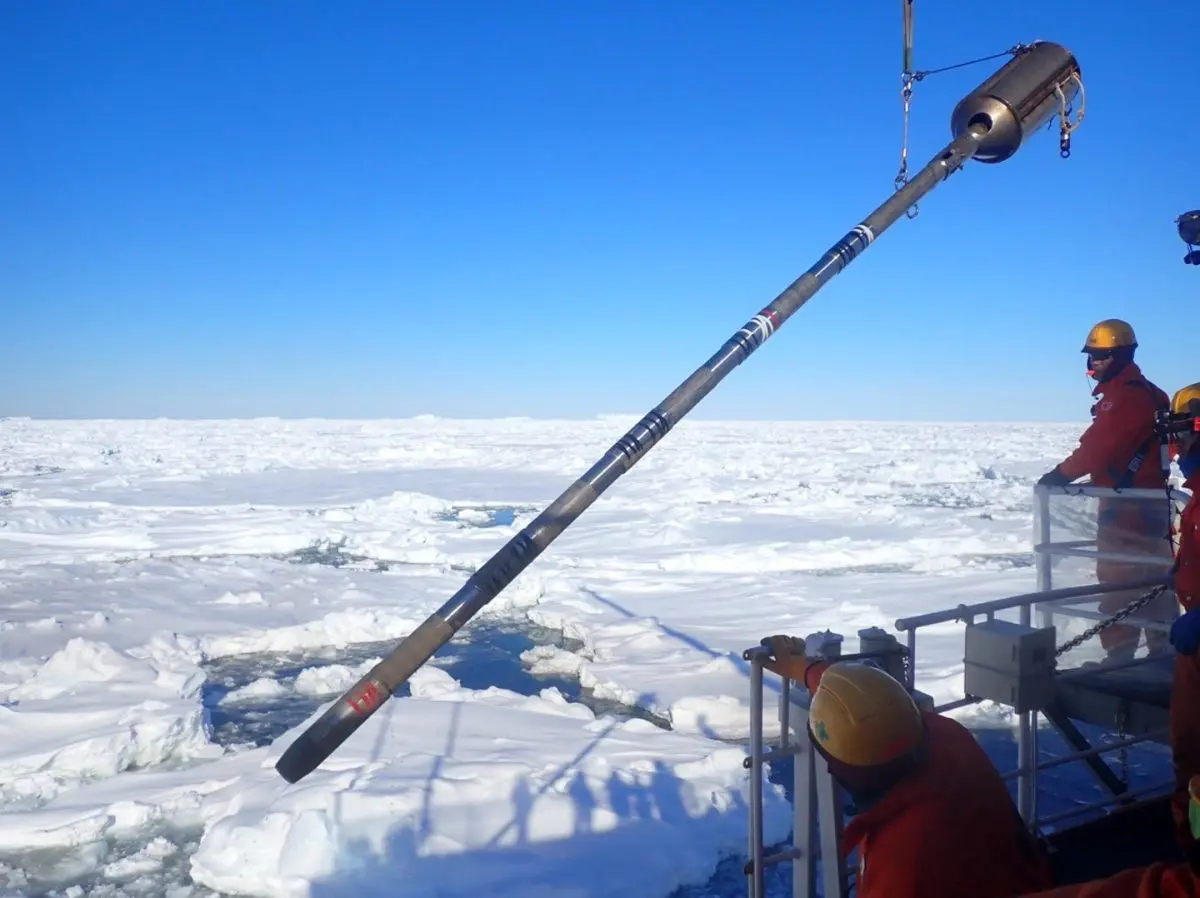Researchers discovered that early Holocene ice loss in East Antarctica was driven by oceanic feedback loops connecting distant regions.
Meltwater discharge altered ocean layers, allowing warm deep water to intrude beneath ice shelves and hasten their collapse. These self-reinforcing processes mirror dynamics now observed in West Antarctica, raising concern that modern warming could trigger widespread ice retreat.
Ice Melt Feedbacks in East Antarctica
A new study in Nature Geoscience has uncovered that the East Antarctic Ice Sheet (EAIS) underwent a massive retreat around 9,000 years ago, driven by a powerful feedback loop between melting ice and shifting ocean currents. Led by Professor Yusuke Suganuma of the National Institute of Polar Research (NIPR) and the Graduate University for Advanced Studies (SOKENDAI), the team discovered that warm deep water flowed toward East Antarctica’s coasts, causing ice shelves to collapse. As the shelves broke apart, inland ice began to flow more rapidly toward the ocean.
The findings show that Antarctic melting is not confined to a single region; instead, it can spread across connected areas through ocean circulation. This “cascading positive feedback,” where meltwater in one area accelerates melting elsewhere, may hold the key to understanding the long-term instability of Antarctica’s ice.

Uncovering the Mechanism of Past Ice-Sheet Collapse
The study sought to determine how past ice-sheet collapses occurred and what triggered them.
The East Antarctic Ice Sheet, which holds over half of Earth’s freshwater, is now losing ice along parts of its coast. Understanding how these vast ice sheets reacted to earlier periods of warming helps scientists assess their future under today’s climate change.
To explore this, researchers examined marine sediment cores taken from Lützow-Holm Bay, near Japan’s Syowa Station on the Sôya Coast. These samples were analyzed alongside geological surveys conducted across Dronning Maud Land. The sediments, gathered through numerous Japanese Antarctic Research Expeditions (JARE) from 1980 to 2023—including recent sampling aboard the icebreaker Shirase—provided a detailed record of past environmental conditions.
By studying beryllium isotope ratios (10Be/9Be) and using sedimentological, micropaleontological, and geochemical methods, the team reconstructed how conditions in the bay changed over time. Their data revealed that about 9,000 years ago, warm Circumpolar Deep Water (CDW) intensified in the region, leading to the collapse of floating ice shelves. Without these shelves acting as stabilizing barriers, inland ice surged more quickly into the sea.
Modeling Reveals a Self-Reinforcing Feedback Loop
To uncover what caused the surge of warm deep water, scientists turned to climate and high-resolution ocean models. The simulations showed that meltwater from other parts of Antarctica, including the Ross Ice Shelf, spread across the Southern Ocean. This freshened the surface layer and strengthened vertical stratification in the water column. Stronger stratification limited the upward mixing of cold surface water, allowing warm deep water to flow more easily toward East Antarctica’s continental shelf.
The result was a reinforcing cycle: meltwater strengthened stratification, which in turn encouraged more warm-water inflow, causing further melting. This “cascading mechanism” implies that ice loss in one part of Antarctica can set off or speed up melting in distant regions through interconnected ocean processes.
A Warning From the Past for Modern Climate Change
This research provides compelling evidence that the Antarctic Ice Sheet is vulnerable to widespread, self-reinforcing melting when the planet warms. Although the event took place in the early Holocene—a naturally warmer period following the last Ice Age—the same physical dynamics are relevant to today’s climate.
Modern observations show that parts of West Antarctica, such as the Thwaites and Pine Island glaciers, are already retreating rapidly as warm deep water erodes their bases. If similar cascading feedbacks are at work now, local melting could spread, accelerating overall ice loss and contributing significantly to rising sea levels.
Global Collaboration and Future Implications
The study brought together over 30 research institutions, including NIPR, the Geological Survey of Japan (AIST), the Japan Agency for Marine–Earth Science and Technology (JAMSTEC), the University of Tokyo, Kochi University, Hokkaido University, and international collaborators from New Zealand, Spain, and other countries. This wide-ranging effort combined geological fieldwork, marine sediment analysis, cosmogenic nuclide dating, and climate–ocean modeling to reconstruct the complex interactions between ice and ocean systems in East Antarctica.
Professor Suganuma concludes: “This study provides essential data and modelling evidence that will facilitate more accurate predictions of future Antarctic ice-sheet behavior. The cascading feedbacks identified in this study serve to underscore the notion that minor regional alterations can potentially engender global ramifications.”







